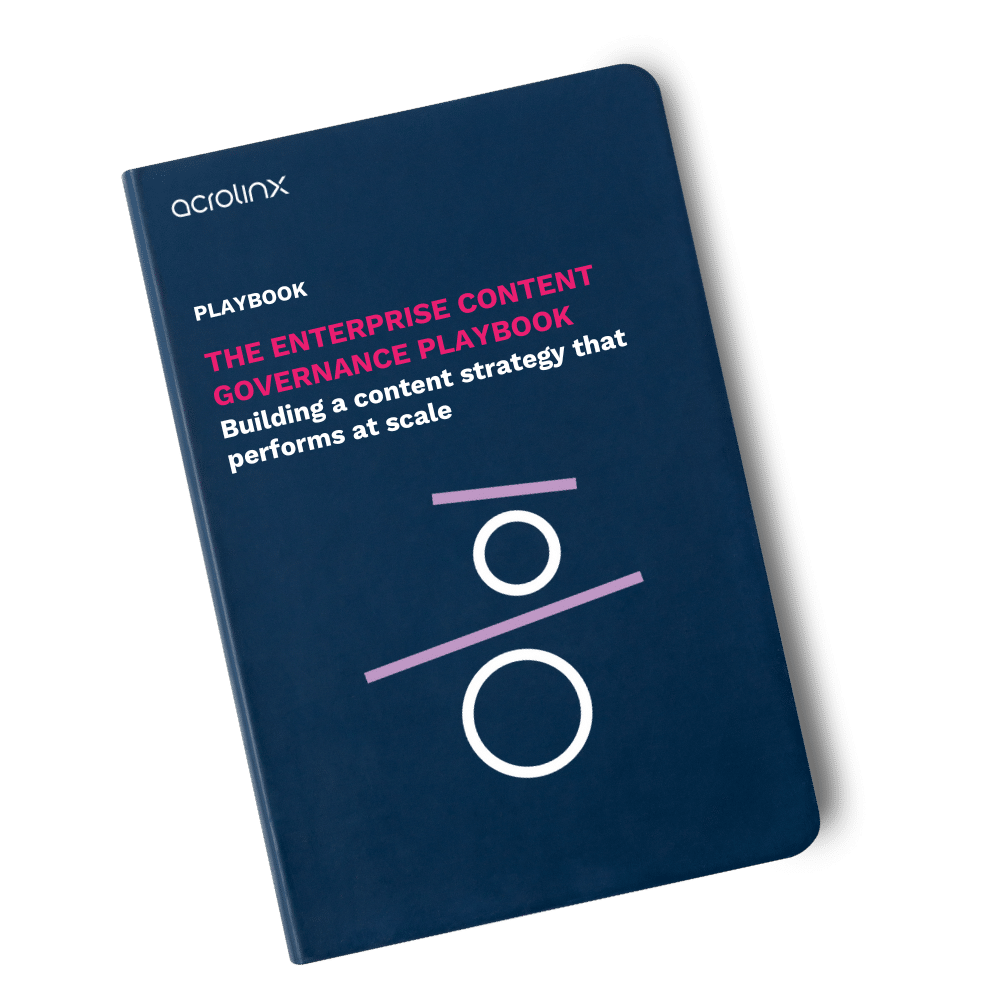How to Improve Your Customer Communications at Every Stage of the Journey

Most companies communicate with their customers. But not all of them do it well. And that’s a problem.
Think about the brands you trust. They don’t just provide great products or services — they also know how to speak to you in a way that feels personal, relevant, and engaging. Whether it’s a friendly reply on social media, a well-structured support email, or a thoughtful product update, strong customer communication builds trust and loyalty.
But here’s the challenge: Customers today expect seamless, consistent, and personalised interactions across multiple platforms. And with so many communication channels — email, live chat, social media, phone calls, self-service portals — it’s all too easy for messaging to become disjointed or impersonal.
So, how do you improve customer communications in a way that actually makes an impact? Let’s dive in.
What’s customer communication and why does it matter?
At its core, customer communication is how businesses interact with their target audience. This includes everything from marketing messages and customer service interactions to support tickets, social media posts, and live chat conversations.
It’s not just about responding to queries — it’s about building relationships. A well-structured customer communication strategy that’s tailored to serve existing and new customers leads to higher customer satisfaction scores, stronger brand loyalty, and increased customer engagement. On the other hand, poor communication results in frustration, churn, negative reviews and the loss of potential customers.
And communication isn’t just about talking, it’s about listening too. Brands that collect customer feedback through different channels and adjust based on their customer’s preferences are more likely to build long-term relationships. The key is to meet customers where they are and ensure every interaction is meaningful and effortless.
How to build a customer communication strategy that works
There’s no one-size-fits-all approach to customer communications management, but there are some universal best practices. Here’s how to improve customer communications across every stage of the customer journey and build long-lasting customer relationships.
1. Define your brand voice and keep it consistent
The way your business communicates should feel distinctive, authentic, and consistent. Whether you’re crafting marketing emails, blog articles, social media updates, or customer support messages, every touchpoint should reinforce your brand’s identity.
Your content marketing team, sales team, and support agents all need to be aligned. A clear customer communication strategy leads to messaging that’s cohesive — whether it’s a support response, an automated email, or a social media post.
Every successful business needs a recognisable voice that creates trust and connection. Whether your brand voice is warm and conversational or professional and authoritative, defining a recognisable, unique and consistent terminology will set you apart.
2. Make it easy for customers to find answers
Nobody enjoys waiting on hold. And most customers would rather solve their own problems than go through a lengthy back-and-forth with a member of the customer service team.
That’s why self-service education should be an essential part of any effective customer communication strategy. Providing clear, accessible resources — such as how-to guides, FAQs, chatbots, and customer onboarding tutorials — allows customers to complete simple tasks independently.
Smart businesses also use customer communication software to keep support interactions smooth, quick, and frustration-free. CCM solutions help automate responses, offer AI-powered suggestions, and personalise messaging. The result? Customers get fast, accurate answers without unnecessary delays.
3. Be where your customers are
Customers have different preferences when it comes to communication. That’s why it’s important to keep in mind that your customer interactions need to take place on the communication channels that your audience actually uses. Otherwise, you are looking at a one-sided conversation.
While some prefer chatting on social media, others would rather send an email or make a phone call. Some never interact with a human at all, relying entirely on self-service portals.
Omnichannel communication is the best way to serve customers effectively. The most successful brands don’t force customers into one channel — they create seamless transitions between multiple channels like social media, live chat, email, and self-service options, guaranteeing a frictionless experience.
4. Know your customer data and use it wisely
Customer data is the foundation of effective customer communication. If you don’t understand your audience’s preferences, pain points, and past interactions, you risk sending irrelevant or repetitive messages, which are frustrating for customers.
By leveraging customer communication management tools, businesses can track customer information and use it to create more meaningful interactions. Understanding customer expectations allows businesses to:
- Find their tone of voice and personalise messaging based on past interactions and behaviours.
- Segment audiences to make sure the right message reaches the right people.
- Improve response times by anticipating customer needs.
The best customer experiences happen when businesses use data-driven insights to deliver relevant, timely, and personalised communications across various channels. By being aware of customer communication metrics and taking the appropriate steps you’ll improve customer experience and boost customer loyalty at the same time.
5. Use automation without losing the human touch
Automation is a powerful tool — but only when used correctly. Nobody wants to feel like they’re talking to a robot.
By leveraging customer communications software, businesses automate routine customer messages, marketing emails, and support interactions while still keeping things personal and engaging. The secret? Blending AI with human oversight.
For example, AI-driven chatbots can handle simple questions, while complex issues should always be escalated to a human. Personalisation and targeting also make sure that even automated messages feel relevant and tailored to each individual customer.
Effective customer communication management: Find your voice and use it
Your customer communication strategy is the foundation of your brand experience. Get it right, and you’ll build customer trust, increase satisfaction, and strengthen relationships. Get it wrong, and you’ll be dealing with frustrated customers, negative reviews, and rising support tickets.
The good news? You don’t have to do it alone. By leveraging customer communications management tools, AI-driven automation, and self-service solutions, businesses improve customer communication efforts without sacrificing quality.
And with Acrolinx, you can be confident that every message aligns with your brand voice, remains consistent across teams, and meets customer expectations.
How Acrolinx Helps You Get Customer Communications Right
Let’s talk about content governance. Because the hardest part of customer communication isn’t sending messages. It’s keeping them consistent, clear, and on-brand across every touchpoint.
That’s where Acrolinx comes in.
Acrolinx helps businesses ensure that every customer message — whether it’s a marketing email, social media post, or support response — aligns with brand voice and content quality standards.
With Acrolinx, you can:
- Safeguard messaging consistency across your marketing, sales, and support teams.
- Improve communication clarity with AI-powered content guidance.
- Optimise engagement by making sure your messages are clear, relevant, and customer-friendly.
- Integrate seamlessly with your customer support platform, CRM, and communication tools.
In short, Acrolinx makes sure that your customer communication strategy isn’t just effective — it’s scalable, adaptable, and perfectly aligned with your brand.
Would you like to elevate your customer communication strategy? Join our bi-weekly product demo to see Acrolinx in action and get your burning questions answered!
Are you ready to create more content faster?
Schedule a demo to see how content governance and AI guardrails will drastically improve content quality, compliance, and efficiency.
The Acrolinx Team





